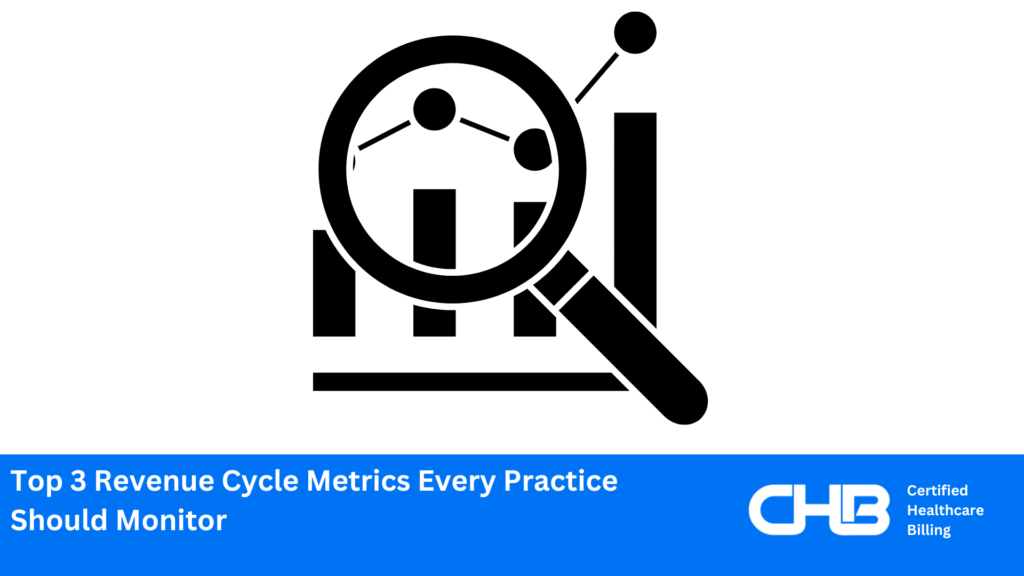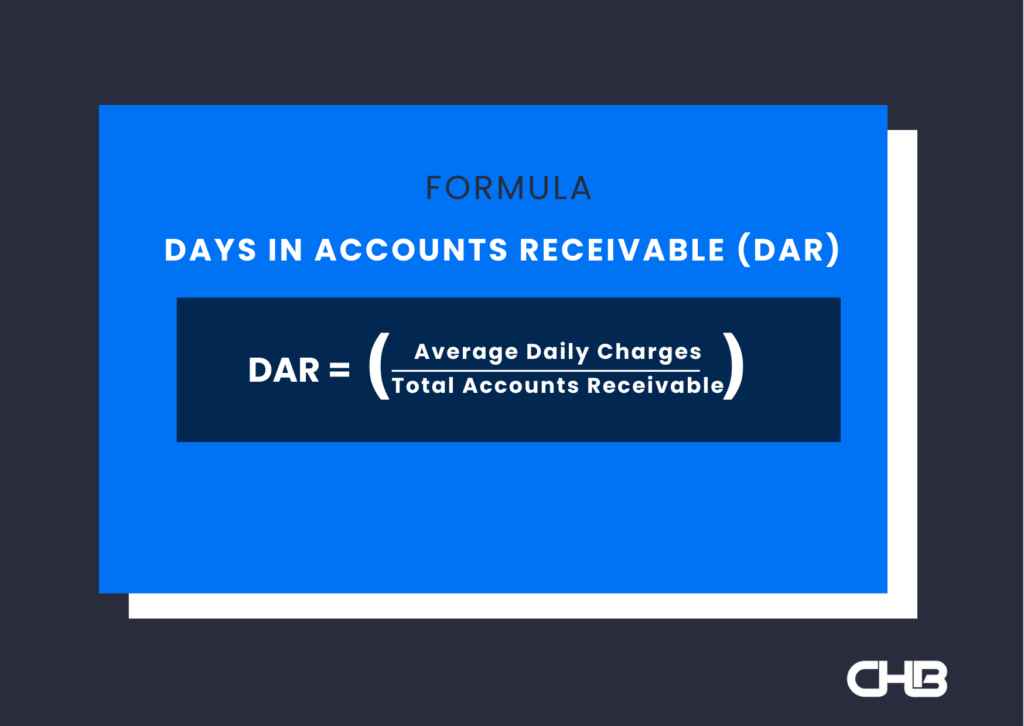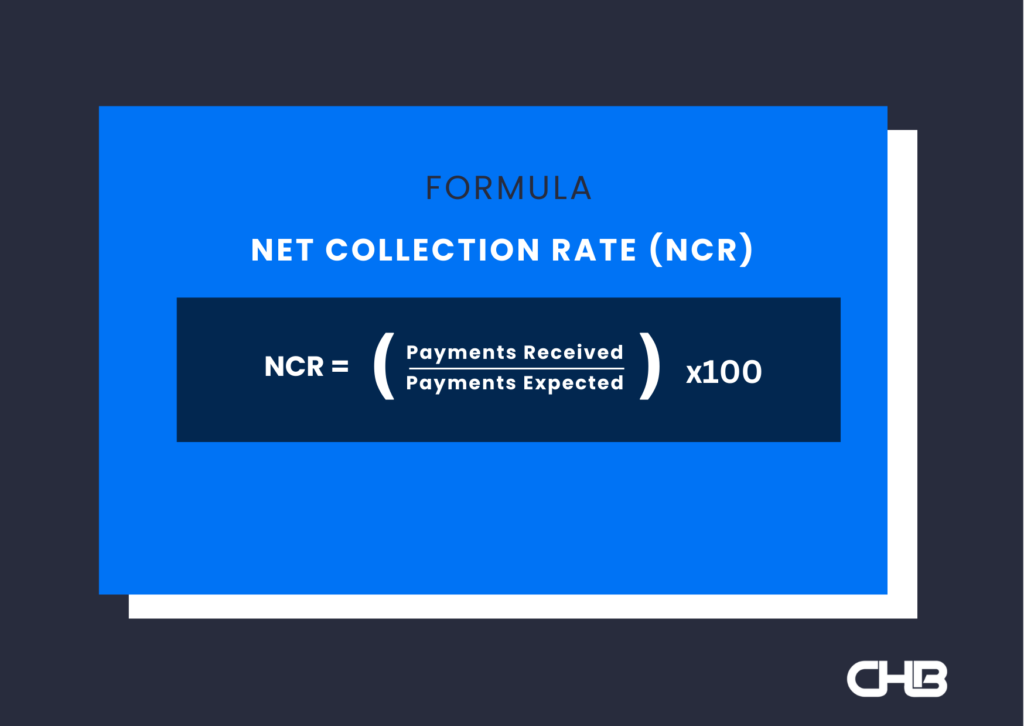Revenue cycle metrics are critical to monitor to stay on top of your practices’ financial health.
These three specific revenue cycle metrics may be the most vital

The following revenue cycle metrics offer valuable insights into your practice’s performance and help identify areas for improvement.
Let’s explore the top three revenue cycle metrics that every practice should monitor.
Days in Accounts Receivable (DAR)
Days in Accounts Receivable measures how long it takes your practice to collect payments after providing services.
This metric gives you a clear picture of your cash flow and collection efficiency.
To calculate DAR, divide your total accounts receivable by your average daily charges. The lower your DAR, the better your practice is at collecting payments promptly.
A high DAR might indicate issues with your billing processes, insurance claim submissions, or patient collections.
By tracking this metric, you can spot problems early and take action to improve your cash flow.
For example, if your DAR is consistently above 50 days, you might want to review your billing procedures.
Are there delays in submitting claims? Do you follow up on unpaid claims quickly enough?
Addressing these questions can help you reduce your DAR and improve your practice’s financial health.

Clean Claim Rate (CCR)
The Clean Claim Rate shows the percentage of claims that your practice submits without errors and are accepted by payers on the first submission.
A high CCR means fewer claim denials and faster reimbursements.
To calculate your CCR, divide the number of claims paid on first submission by the total number of claims submitted. Multiply the result by 100 to get a percentage.
A low CCR can lead to delayed payments, increased administrative work, and reduced revenue.
By monitoring this metric, you can identify common errors in your claims submission process and take steps to correct them.
For instance, if your CCR is below 95%, you might want to examine your most frequent reasons for claim denials.
Are there coding errors? Is patient information often incomplete?
Once you identify the issues, you can train your staff or update your processes to improve your CCR.

Net Collection Rate (NCR)
The Net Collection Rate measures the effectiveness of your practice in collecting reimbursements.
It shows the percentage of potential revenue that your practice actually collects.
To calculate NCR, divide the total payments received by the total allowed amount (payments received plus contractual adjustments). Multiply by 100 to get a percentage.
A low NCR might indicate problems with your follow-up procedures, patient collections, or payer contract management.
By tracking this metric, you can identify leaks in your revenue cycle and take steps to plug them.
For example, if your NCR is below 95%, you might want to review your collection processes.
Do you have a system for following up on unpaid claims? Are you effectively communicating with patients about their financial responsibility?
Addressing these areas can help boost your NCR and maximize your practice’s revenue.
Monitoring these three key metrics – Days in Accounts Receivable, Clean Claim Rate, and Net Collection Rate – can give you valuable insights into your practice’s financial performance.
By regularly tracking and analyzing these metrics, you can spot trends, identify issues early, and make data-driven decisions to improve your revenue cycle management.
At Certified Healthcare Billing, we understand the importance of these metrics in maintaining a healthy financial foundation for your practice.
Our team of experts can help you track these metrics effectively and implement strategies to improve your revenue cycle performance.

FAQs
How often should I review these revenue cycle metrics?
You should review these metrics at least monthly. However, more frequent monitoring (weekly or even daily) can help you spot and address issues more quickly.
What’s considered a good benchmark for these metrics?
While benchmarks can vary by specialty, generally:
- Days in AR: 30-50 days
- Clean Claim Rate: 95% or higher
- Net Collection Rate: 95% or higher
How can I improve my practice’s performance on these metrics?
Some strategies include:
- Streamlining your billing processes
- Providing ongoing training for your staff
- Implementing automated systems for claim submission and follow-up
- Regularly reviewing and updating your payer contract


